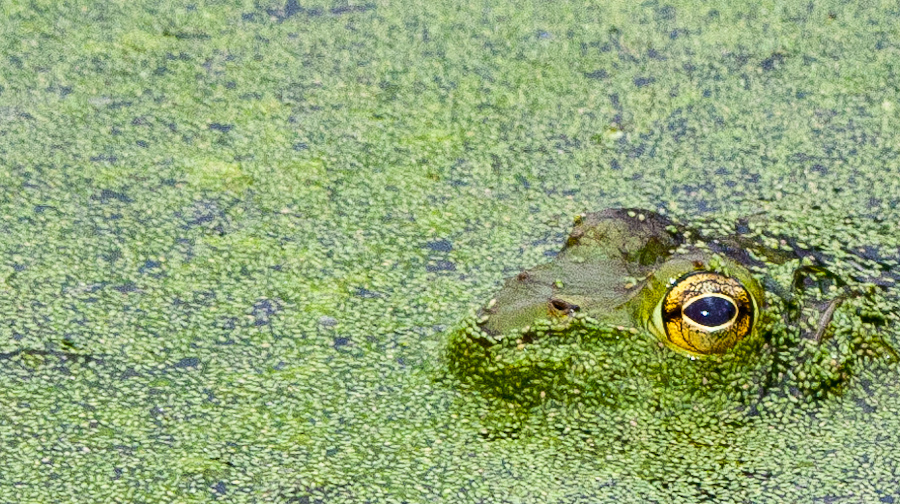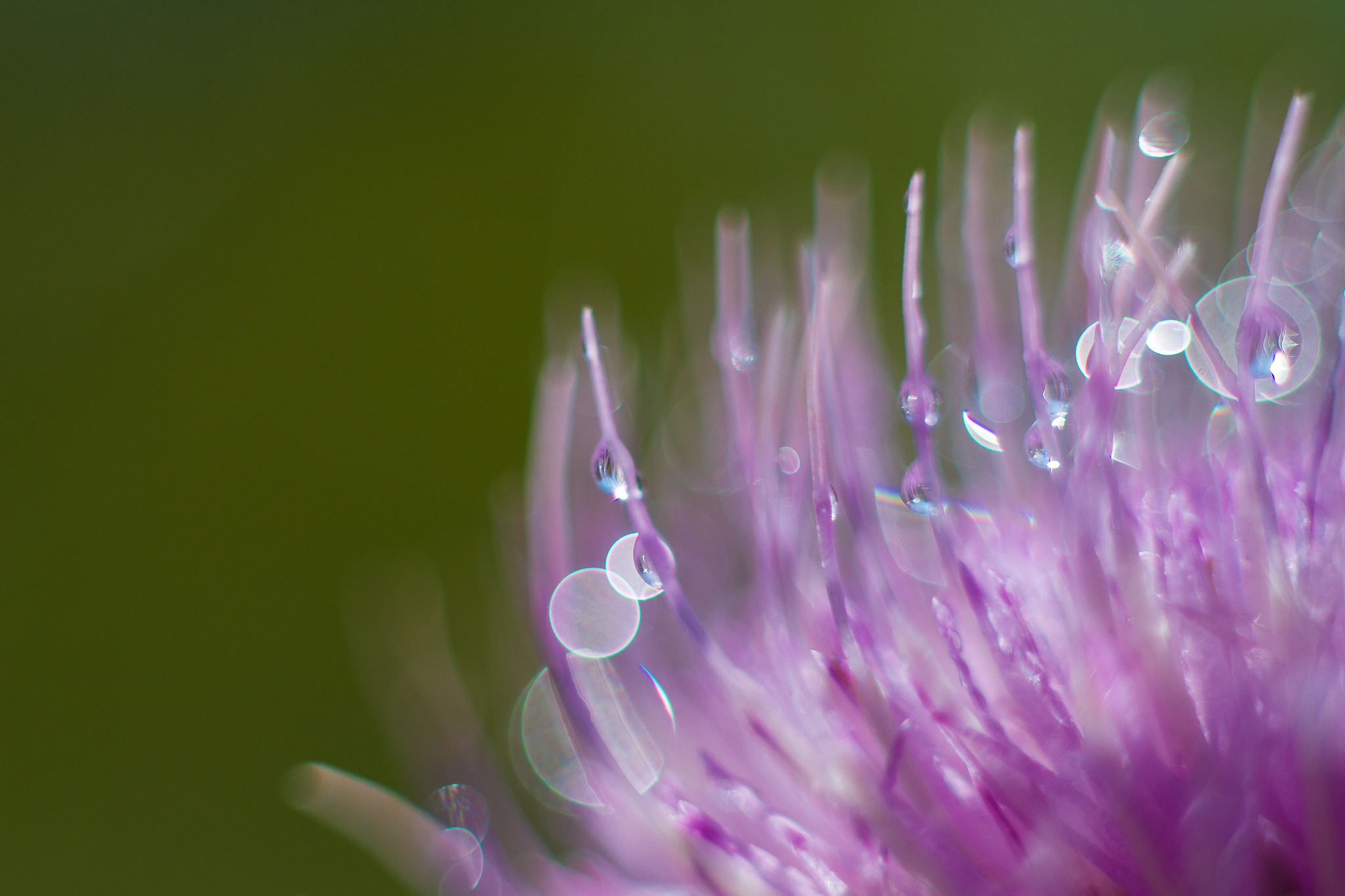Seeing isn’t an eyeball thing

Petapixel linked a great article this morning from Marko Solic: Why saying “it’s photoshopped” actually means you don’t know what you’re talking about. His article really struck a chord with me because I’ve had this conversation with any number of people over the years. I’d encourage you to read Mako’s article, as it really does a pretty decent job of hitting the high points of the science involved in “seeing”, but the main idea is that when we “see” something, it’s nowhere near as simple or automatic as it feels to us, and when we look at a photo, it’s only “real” because our brains connect it to our understanding of reality.
I’ll pause for a second while you grab a drink.

Now, then, the fallacy that “straight out of the camera” is meaningful in any way, shape, or form depends pretty heavily on the suspension of some of those basic truths about how we (humans) see vs what’s happening in a camera (any sort of camera). Marko covers focal length, which is a pretty obvious difference, given that our heads keep bobbing and our eyes keep darting about pretty much the whole time we watch anything at all, so even though we might claim to “see” a vast landscape, we really only paint that landscape 43mm or so at a time.
But what about the other stuff our lenses do? Depth of field? Nobody really sees like this:
Bokeh? Lens flare? Fughedda bout it. These are phenomena of glass optics.
Most great macros, in fact, have a “I’ve never looked at a [x] like that before” quality to them, if not an actual “WTH *is* that?” quality precisely because we’re using macro lenses to frame a tiny little scene that we probably can’t see with our naked eyes, let alone that we’d ever concentrate on enough to interpret the way we see it in our pictures.
Then there’s lighting. Any photographer worth a hill of beans will tell you how important lighting is. Golden hour, after all, can make a relatively mundane scene feel warm and inviting:
 But what about artificial lighting? Can anyone possibly be anti-Photoshop but pro-strobist? Doesn’t make any sense at all to me, given that you can turn day to night or night to day just by knowing how to throw a little light on the subject – and this doesn’t even touch on all the really interesting strobist techniques of gelling, light modifiers, and so on. There’s no question at all that a working understanding of lighting techniques is one of the most powerful reality-altering superpowers in the world of photography, yet many people accept the “reality” of lighting without qualm whatsoever while dismissing Photoshop out-of-hand as irrevocably “fake”.
But what about artificial lighting? Can anyone possibly be anti-Photoshop but pro-strobist? Doesn’t make any sense at all to me, given that you can turn day to night or night to day just by knowing how to throw a little light on the subject – and this doesn’t even touch on all the really interesting strobist techniques of gelling, light modifiers, and so on. There’s no question at all that a working understanding of lighting techniques is one of the most powerful reality-altering superpowers in the world of photography, yet many people accept the “reality” of lighting without qualm whatsoever while dismissing Photoshop out-of-hand as irrevocably “fake”.
Yeah, don’t even get me started about people’s perception of lighting.
But the part about all of this that Marko just starts to touch upon is that even once you account for all the physics of projecting a 3D reality onto a 2D medium (screen or print) with the aid of all that glass, magnesium, plastic and silicon we carry around, you still haven’t even begun to explore the mental gymnastics that go on in our heads when any of us view a photo.
Proof? Have you ever spent ten minutes looking for something and have someone else walk right up and spot it? Yeah – me, too. “Seeing” is a mental act performed in our heads that just happens to use the fleshy lenses rolling around those two sockets on either side of our noses. Most of the really interesting parts of seeing have nothing at all to do with our eyes.






